By: Adam Roukema
For nuclear power plants, service water (raw water) systems play a critical role in plant safety and reliability. These systems are responsible for providing shutdown and emergency cooling of the reactor, but they are also among the most vulnerable to degradation over time. Exposure to raw water leads to corrosion, biofouling, and material loss, all of which can compromise the system’s integrity. Any loss of functionality, from localized wall thinning to through-wall leakage, can render the system “inoperable” and may lead to unplanned outages or additional regulatory scrutiny.
As U.S. Nuclear plants pursue extended operating licenses, operators must maintain fitness for service of their raw water piping well beyond its original planned life. However, predicting the location(s) and extent of potential degradation is challenging. Comprehensive inspection of every pipe segment is impractical, constrained by accessibility (large portions of the system may be buried) and associated cost. Traditional inspection methods, such as gridded ultrasonic (UT) thickness measurements from the piping OD, may not adequately characterize the difference between generalized wall thinning and localized pitting. Specialized corrosion mapping tools exist, but they often identify multiple areas below the ASME Code-mandated minimum wall thickness (tMIN), leading to urgent engineering evaluations and disposition.
These challenges can be successfully addressed through employing a more strategic and predictive approach. By integrating advanced flaw evaluations, corrosion rate assessments, and risk-based prioritization, raw water system owners can make informed, proactive decisions that reduce inspection cost, avoid unplanned emergencies, and extend asset life. This article introduces SI’s Life Cycle Management (LCM) approach for raw water systems, a structured methodology that shifts the focus from numerous inspections and reactive findings to data-driven asset management.
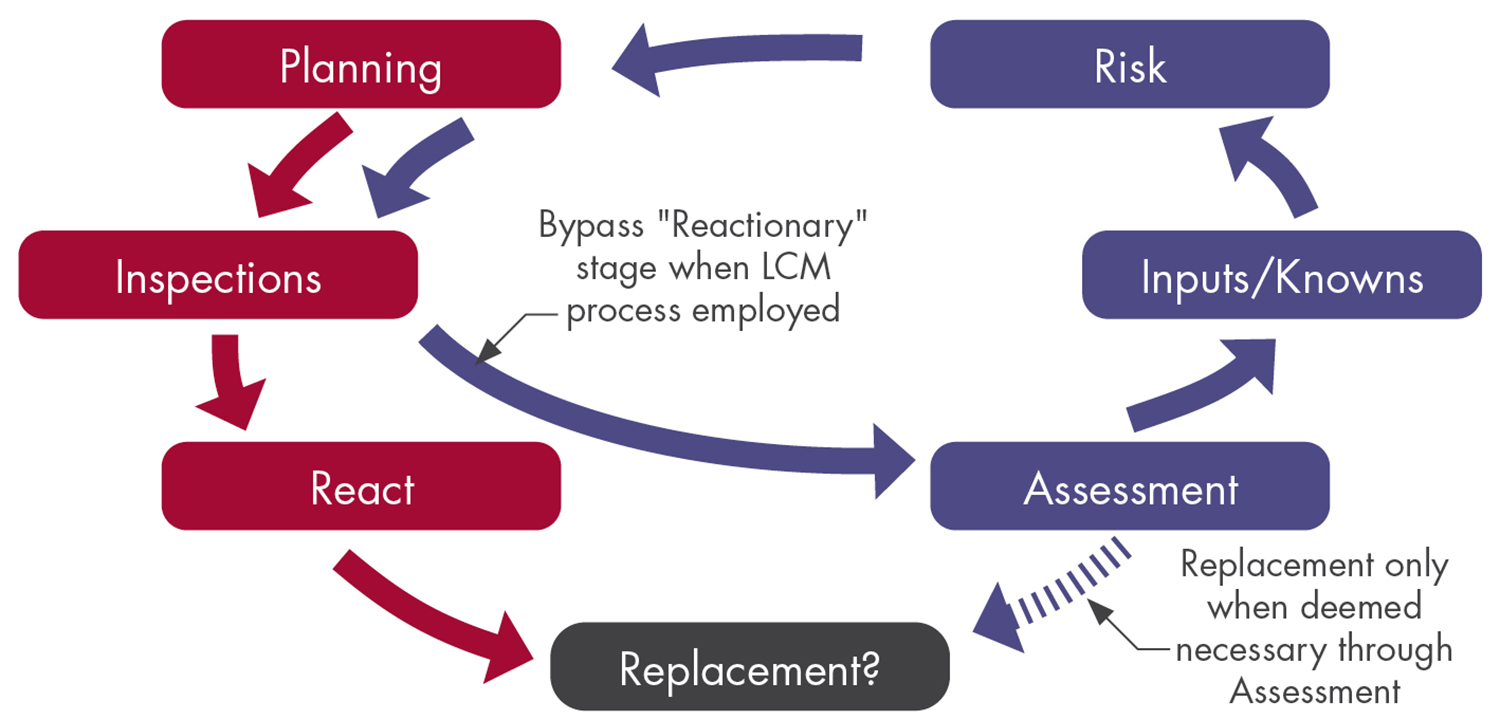
Figure 1. Graphical Overview of Recommended LCM Approach
Overview of LCM Approach
The traditional approach to raw water system management follows a straightforward cycle, as illustrated by the red path in Figure 1. In theory, this process should provide a structured means of maintaining system integrity. However, in practice, the Planning stage is often underdeveloped, focusing more on scheduling exams rather than proactively assessing risk and degradation trends. As a result, Inspections frequently uncover unexpected degradation, forcing plants operators into a reactive mode. Rather than being a controlled decision-making process, the React stage often leads to last-minute engineering justifications, unplanned replacements, increased cost, schedule impacts, and regulatory scrutiny. This cycle of “inspect and react” creates unnecessary risk and inefficiency, highlighting the need for a more predictive and strategic approach.
SI’s recommended LCM approach adds a series of optional yet impactful steps to the traditional inspection process. As shown by the purple path in Figure 1, the process introduces three key elements – Inputs/Knowns, Risk, and Assessment – the latter of which replaces the React stage from the traditional process. By leveraging existing system data and a structured risk assessment, Planning is optimized to ensure Inspections are targeted where they provide the most value, reducing unexpected findings. Crucially, this process is cyclical – new information gained from inspections is treated as an opportunity to refine future assessments and improve decision-making.
The first step, Inputs/Knowns, collates available system data for downstream use in risk assessment and inspection planning/optimization. The LCM process systematically catalogues information related to historical performance, structural margin, degradation trends, and potential consequences, an overview of which is provided in Figure 2.

Figure 2. Key Inputs/Knowns for Raw Water System Management
- History: Prior inspection and evaluation results, chemical treatment records, and replacement history highlight known problem areas and inform expectations for future performance.
- Structural Margin: The available margin between current wall thickness and the minimum allowable thickness (tMIN) is the foundation for LCM serviceability assessments. Tools such as thinning handbooks and detailed finite element analysis (FEA) models can justify acceptance of localized thinning that is below tMIN.
- Degradation: The rate and distribution of material loss – including both generalized corrosion and localized pitting – are also critical inputs to the LCM process. Advanced statistical models can help quantify expected material loss over time throughout the system. Permanently installed monitoring, such as g-PIMS or spray-on sensors, can help further refine these predictions.
- Consequence: The impact of degradation and associated loss of integrity can have implications well beyond engineering and inspection. Regulatory compliance, operational restrictions, and financial costs must be factored into decision-making.
- SI has developed specialized tools to provide additional insight during the Inputs/Knowns stage, enabling more accurate predictions and better-informed decision-making. Several key elements, previously highlighted In Figure 2, are summarized below:
- Extent of Corrosion (EoC) Evaluations: SI’s proprietary statistical corrosion model uses design and operating information and historical inspection data to predict corrosion rates across an entire system rather than relying on conservative assumptions or isolated inspection points. The output of the model is illustrated in Figure 3, which shows a Degradation Evolution Projection (DEP) curve predicting wall loss and expected failure timelines.
- Thinning Handbooks: Rather than treating isolated thinning below tMIN as an automatic failure, thinning handbooks provide pre-established acceptance criteria for localized wall loss. Developed using Finite Element Analysis (FEA) and/or fracture mechanics, handbooks help justify continued operation for degraded components by quantifying remaining structural capacity under expected loads. Figure 4 presents an example of an FEA-based thinning assessment.
- Biocide Monitoring (BG5): SI has developed an online biofilm growth detector, BG5, which helps optimize biocide application to minimize microbiologically inducted corrosion (MIC). For more information, refer to page 68.
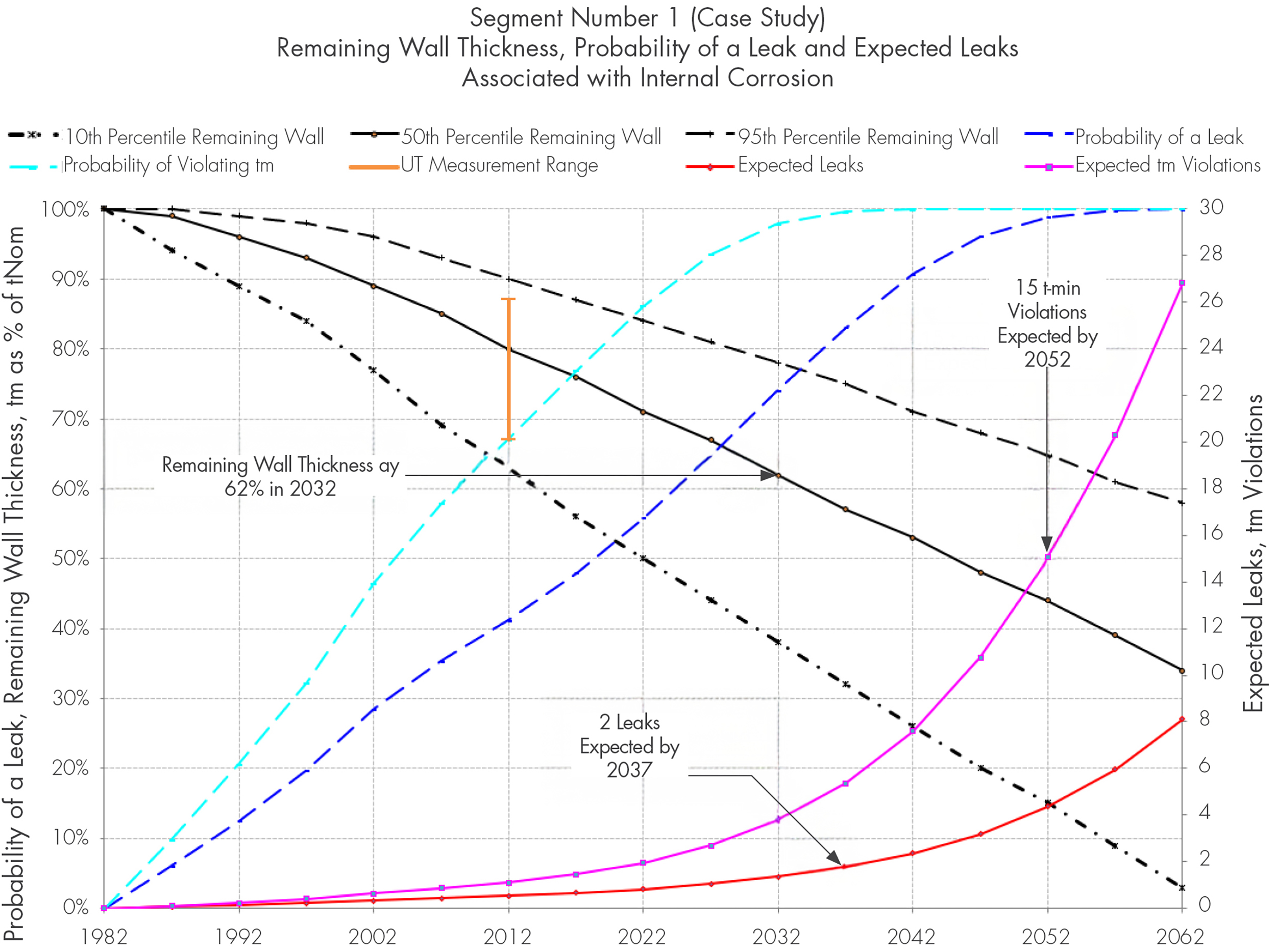
Figure 3. DEP Curve from SI’s EoC Statistical Model
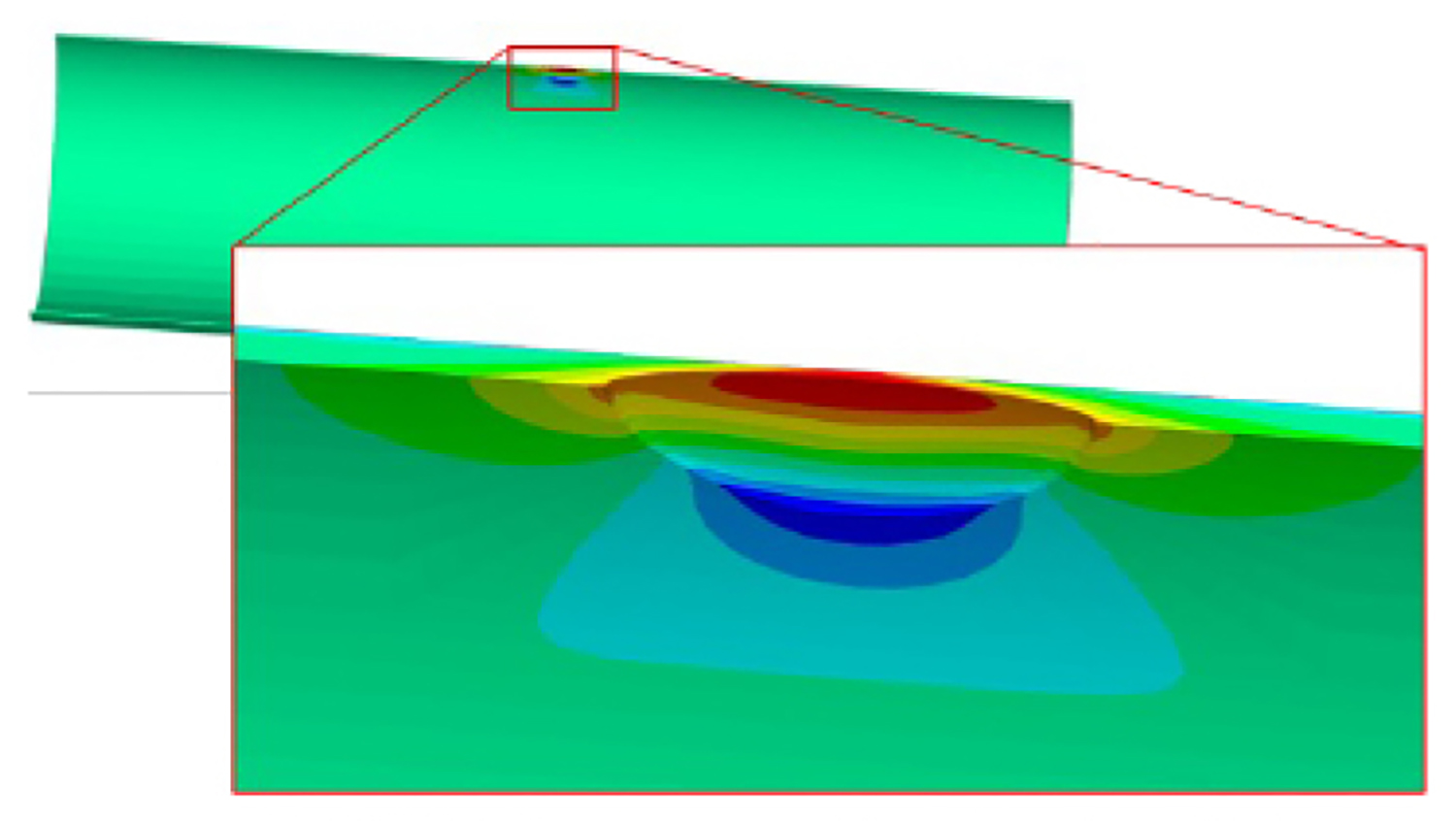
Figure 4. Thinning Handbook – FEA Approach to Gain Additional Localized Margin
Risk assessment is a critical step in the LCM process, ensuring that inspections and maintenance efforts are prioritized based on both likelihood of degradation and potential consequences. Unlike traditional methods that rely on historical failures or system owner’s judgement, a risk-based approach integrates system data, historical performance, and operational conditions to refine inspection strategies. By considering factors such as corrosion rates, structural margin, and consequence of failure, system owners can focus resources where they are needed most.
Effective Planning builds on the Risk assessment process, ensuring inspections are targeted based on assessed risk, historical data, and engineering insights versus arbitrary schedules or assumptions. The LCM approach eschews the traditional “guess and check” approach by using a structured framework that preemptively accounts for known degradation patterns and risk factors. This leads to fewer unnecessary inspections and ensures that when inspections do occur, they provide meaningful, decision-driving data.
The Assessment stage avoids reactive decision-making by ensuring that findings are carefully evaluated before committing to repair or replacement. If an inspection reveals degradation beyond initial acceptance criteria, that does not automatically necessitate intervention. In many cases, the LCM approach can leverage enhanced analysis techniques, such as thinning handbooks, detailed FEA modeling, or Code-based acceptance methodologies, to justify continued operation. If repair is determined to be required, a well-structured process can guide operators to the correct method to optimize near-term cost with long-term acceptability. By embedding engineering-based decision-making in the Assessment stage, the LCM approach reduces unnecessary repairs while ensuring regulatory and operational compliance.
LCM in Action: Real-World Application
SI’s LCM approach was successfully applied at a U.S. nuclear plant to evaluate the structural integrity and remaining service life of safety-related water piping in the Essential Raw Cooling Water (ERCW) and Auxiliary Feedwater (AFW) systems. The project included several key technical deliverables from the LCM process: a detailed finite element analysis (FEA) of a degraded sweepolet Tee, and a system-wide EoC assessment with inspection prioritization.
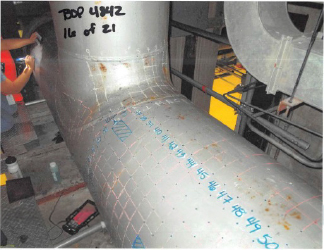
Figure 5. Sweepolet Tee with Gridded UT Markings
Initiating Event: Observed Thinning Leads to Detailed FEA
The plant in question conducted a planned inspection of a 30”x24” sweepolet Tee within the ERCW system, as part of its raw water program commitments. The initial inspection was performed with gridded UT (Figure 5), revealing a thinned area well below the calculated tMIN value. Follow-up inspections were performed using detailed phased-array UT (PAUT) to better characterize the extent and distribution of thinning (Figure 6). SI was requested to perform a detailed FEA assessment to demonstrate additional structural margin.
- A three-dimensional FEM was developed, incorporating non-uniform wall thinning profiles from PAUT data.
- A limit load collapse evaluation was conducted per ASME Code, Section III to determine whether the tee could sustain operational loads without plastic collapse.
- Multiple thinning scenarios were analyzed to evaluate worst-case degradation effects, with additional uniform wall loss applied to determine ultimate failure thresholds.
- Results demonstrated that the degraded tee retained sufficient structural margin under normal, upset, and faulted load conditions (Figure 7), justifying continued operation through the end of licensed life.
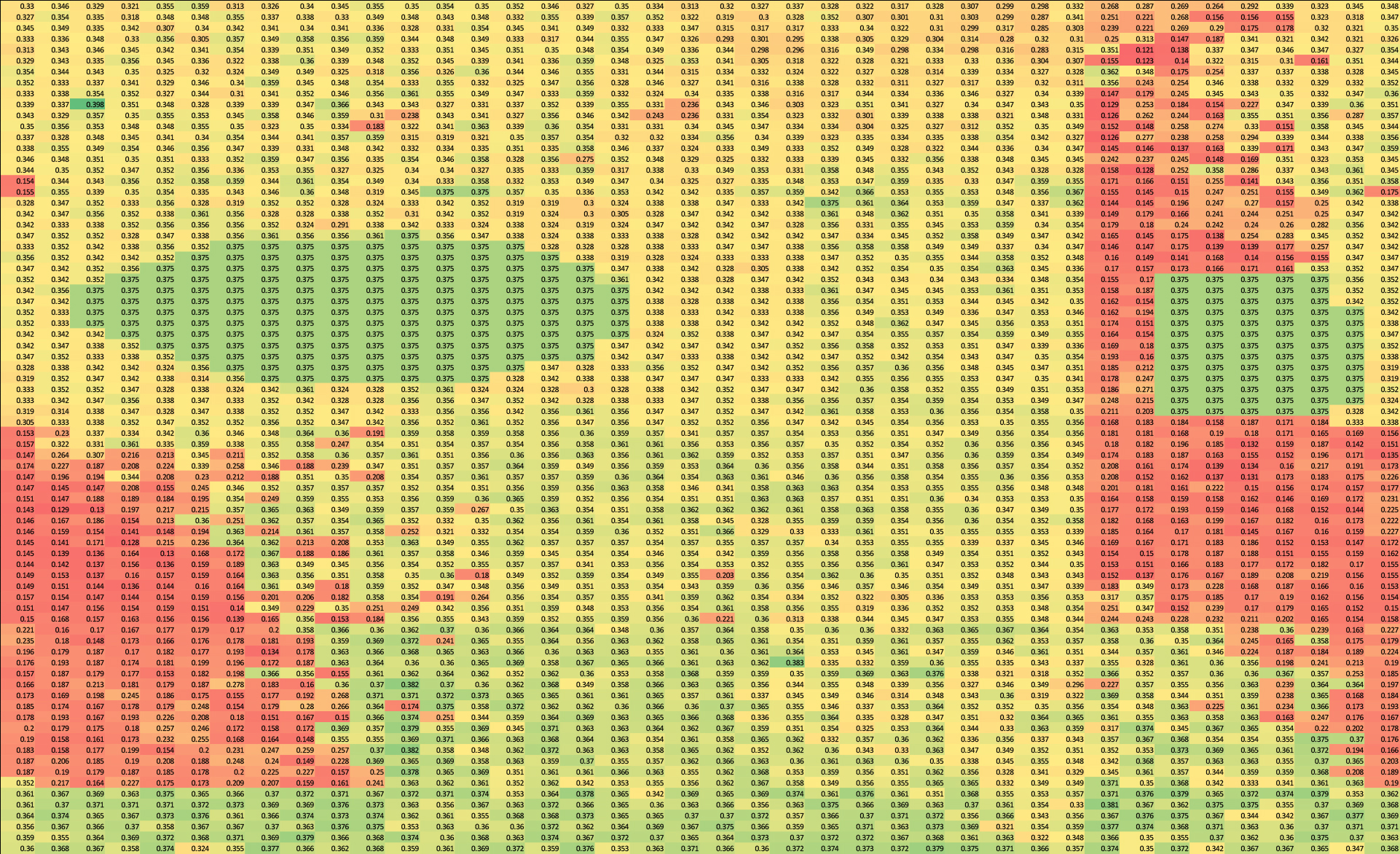
Figure 6. Combined UT Results (Manual-Gridded Augmented with Localized Phased-Array)
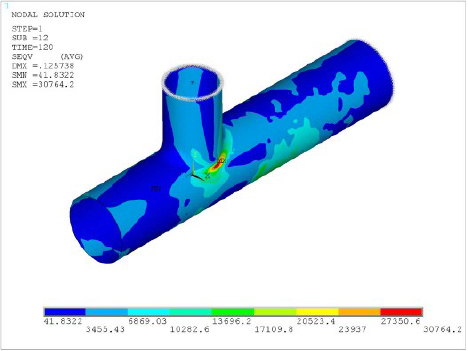
Figure 7. Results of Detailed FEA Model (Limit Load Evaluation)
In this example, the plant adopted the Assessment stage of the LCM process, ultimately pursuing an engineering evaluation that prevented unnecessary replacement and avoided a challenging dual-unit outage.
Incorporating LCM: Extent-of-Corrosion and Risk-Based Inspection Prioritization
Following the detailed FEA evaluation, the plant inquired about a more-proactive approach to assessing the potential extent of degradation and integration elsewhere in the ERCW and AFW systems. SI conducted a detailed extent of corrosion (EoC) evaluation to benchmark existing inspection results and optimize future inspection and maintenance strategies.
- The EoC assessment utilized SI’s proprietary ACCORDION statistical model to predict degradation rates.
- Inspection data from multiple sources, including PAUT and historical ultrasonic thickness (UT) measurements, was used to benchmark model predictions (Figure 8).
- A risk-based prioritization framework was developed, combining corrosion likelihood and structural margin calculations to rank piping segments by risk level.
- 3D visualization tools were implemented to provide clear, station-wide risk mapping (Figure 9), aiding plant personnel in strategic inspection planning.
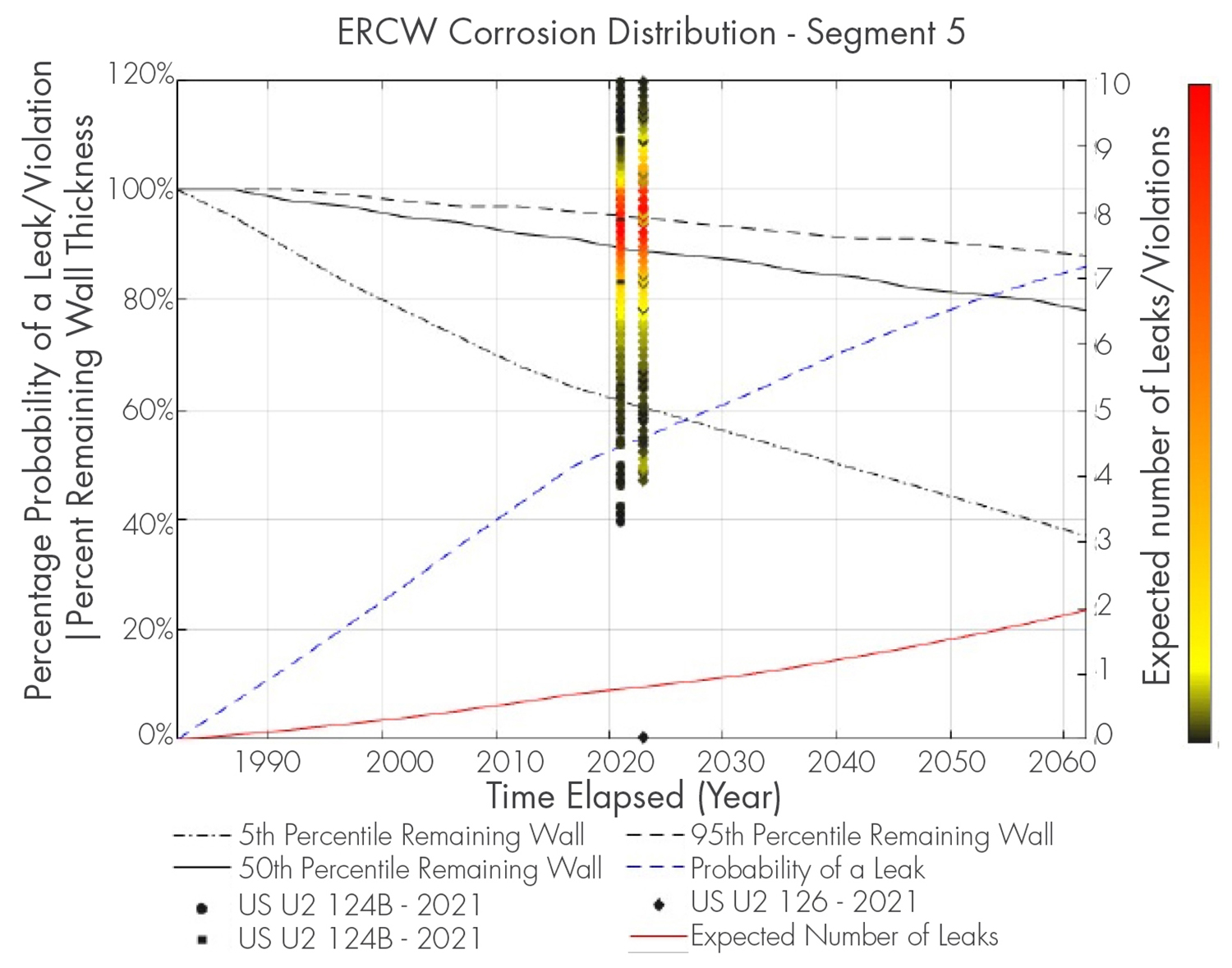
Figure 8. DEP Curve Superimposed with Inspection Results
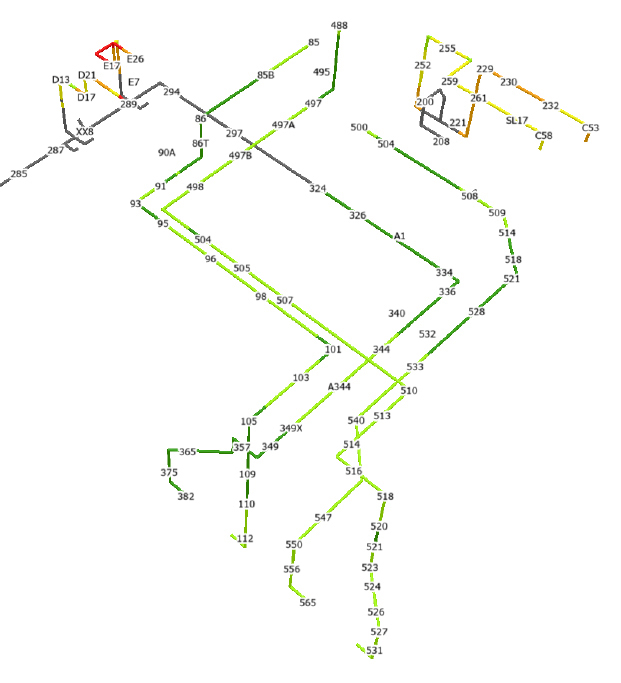
Figure 9. Inspection Prioritization Results (Risk by Segment/Node)
This structured LCM approach allowed the plant to shift from a reactive inspection strategy to a proactive risk-informed methodology, reducing unplanned maintenance costs and improving long-term raw water system reliability.
SI Solutions’ Life Cycle Management (LCM) approach offers a proactive, data-driven framework to optimize raw water system management. This methodology shifts away from the conventional “inspect and react” cycle by integrating risk-based prioritization, advanced flaw evaluations, and predictive corrosion assessments.


